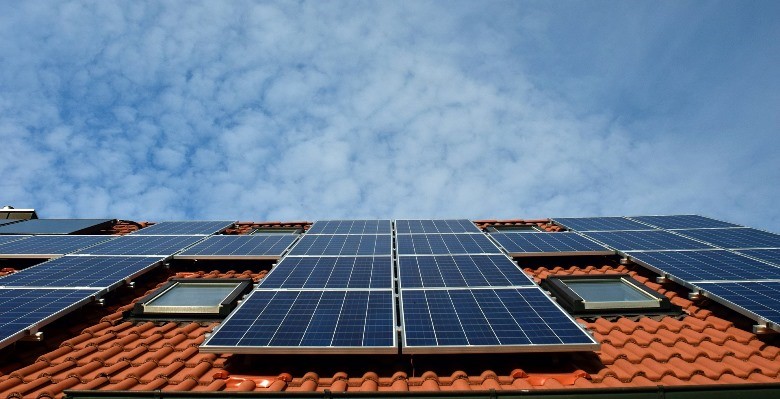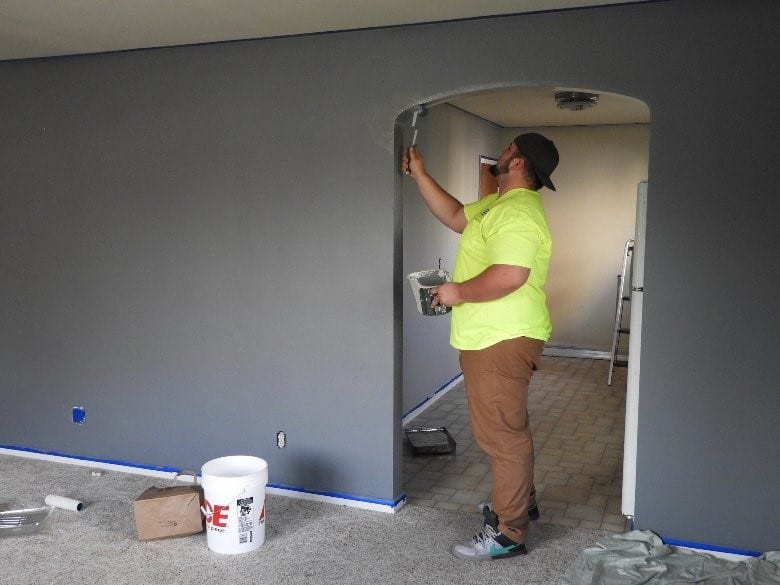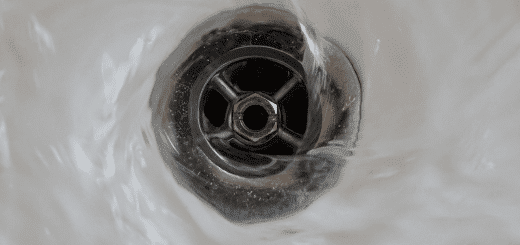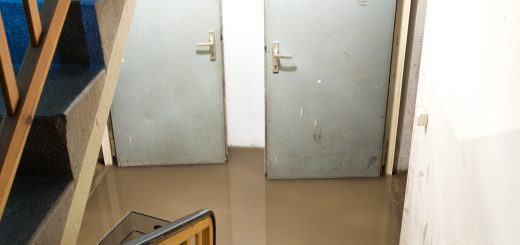7 Eco-Friendly Home Renovation Tips You Should Try
Most homeowners focus on their budgets, designs, and styles when planning to renovate their houses. After all, we all want a fancy, modern and comfortable home; however, we sometimes end up harming the environment when renovating our houses. Remember, during the renovation process, all the items or products used can affect the environment negatively or positively. That is why you need to plan your renovation project in a way that will help improve the environment.
Environmental pollutionPollution is the introduction of harmful substances into the... More is a global issue and we all need to help make our environment better and conserve it for future generations. And by doing an eco-friendly renovation job, you will be helping make our world better without compromising on your design or style. So, here are a few eco-friendly renovation tips that can help you improve your home while protecting the environment.
Top 7 Eco-Friendly Renovation Tips for Homeowners
1) Invest in Solar Panels
If you plan on doing a full renovation, we suggest installing some solar panels in your home. The sun is more than just a powerful source of light during the day; with the right equipment, it can also light your home during the night and even power all your electronic equipment. With the help of a few panels, you can convert the sunlight into your electricity, says Eco Peanut.
Fortunately, the electricity produced by the solar panels is exceptionally clean and doesn’t produce any harmful by-product that can affect the environment. Plus, solar panels are not that expensive, so you can install a few panels on your roof with an inverter and get electricity to power the house during the day. If you plan on using it at night, you can buy some batteries. Investing in solar panels will do more than just help you go green; it will also save you a lot of cash on electricity bills in the future.

Image by Ulrike Leone from Pixabay
2) Get Low Volatile Organic Compounds (VOC) Paint for Your Home
If you plan on repainting your home during the renovation process, you should go for eco-friendly paints. Environmentally friendly paints have low or no VOC that can affect the environment. Paints with high VOC are harmful, and they can leave numerous toxic chemicals in the air and affect our health.
Therefore, it’s highly recommended that you purchase paints with low or no volatile organic compounds.

Image by Laura Shaw from Pixabay
3) Look for Recycled Glass
Instead of purchasing just any glass in the market, you should look for recycled glass. Bio-glass is an eco-friendly glass that looks like new glass. Currently, there are numerous kinds of bio-glasses in the market that are good and relatively clean for the environment.
Besides being environmentally friendly, the recycled glass is shinier and can be a great addition to your living room or kitchen. The recycled glasses can introduce a new level of brightness in your home by allowing morning sunshine and more natural lighting that can save you some cash on the electricity bill.
4) Install Low-Flow Devices
Most toilets use over 27% of the water in the house. In fact, some toilets can use more than 3 gallons of water per flush; therefore, we recommend that you replace your current plumbing system with a low-flow system that can help you save water. You can swap your sink, toilet, and shower faucet with low-flowing devices.
You can also opt for dual-flushing systems with a single button that flushes liquid waste with solid waste. Additionally, you can add flow governors to your sinks and shower to help minimize water wastage.
5) Choose Bamboo Flooring
Another tremendous eco-friendly idea for people who are planning to install wooden flooring is going for bamboo flooring. Bamboo is an environmentally friendly wood that is easier to grow and doesn’t require any pesticides. So, you will never have to worry about polluting the environment.
Bamboos grow in abundance and faster than most trees. Other than being affordable, bamboos are reliable, shiny, and can offer you a wide range of styles. Remember, most types of wood come from trees that take several years to mature; therefore, going for bamboo flooring is a great option. Bamboos can be harvested without interfering with their roots, so you will never have to worry about soil degradation.
6) Deconstruct Instead of Demolishing
Before you start doing your repairs or renovation, you should walk around the house and look for materials that you can salvage and use in other projects. Salvaging materials is a unique way of saving resourcesResources include tools, personnel, equipment, and materials... More and cash while renovating your home. Some of the items that can be salvaged in your home include light fixtures, mouldings, bricks, tiles, doors, cabinets, and flooring.
So, instead of throwing these things away or destroying them while demolishing the house, you can look for ways to reuse them in the other parts of your home. Demolishing the house without salvaging these things will force you to purchase other items which are not eco-friendly or cheap. Plus, the demolition process can have an immense effect on the environment.
7) Look for Energy-Efficient Appliances
For your eco-friendly house, you should consider energy-efficient appliances. You can replace your washing machines, ovens, refrigerator, and dishwashers with eco-friendly ones. These eco-friendly appliances can fit in your budget and use less energy. You should also replace all incandescent bulbs in the house with LED lighting. And that is because LED require less power to light up your home, and they are more sustainable while incandescent bulbs use more energy.
Final Thoughts
Going green is more than a choice; it’s a necessity for everyone on the planet. So if you want to help preserve our world for the future generation, we need to adopt an eco-friendly way of living. This means implementing better ways of reducing our carbon footprint. And all this can start with your home. So, if you are planning to renovate your house, you should try and adopt the above eco-friendly renovation tips. These tips are cheaper to implement, safer for the environment, and most of them are designed to save you cash in the long run without affecting your design or style.












